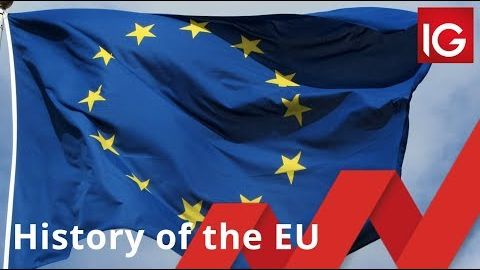
Subtitles & vocabulary
History of the European Union
00
Pucca posted on 2016/06/24Save
Video vocabulary
community
US /kəˈmjunɪti/
・
UK /kə'mju:nətɪ/
- Noun (Countable/Uncountable)
- Group of people who share a common idea or area
- A feeling of fellowship with others, as a result of sharing common attitudes, interests, and goals.
- Adjective
- Relating to or shared by the people in a particular area.
- Shared or participated in by all members of a group
A2
More sign
US /saɪn/
・
UK /saɪn/
- Noun (Countable/Uncountable)
- Indication that something exists or will happen
- Motion or movement that expresses your thoughts
- Verb (Transitive/Intransitive)
- To communicate by using ones hands and gestures
A1TOEIC
More economic
US /ˌɛkəˈnɑmɪk, ˌikə-/
・
UK /ˌi:kəˈnɒmɪk/
- Adjective
- Concerning trade, industry, and money
- Financially worthwhile; profitable.
- Noun
- A system relating to economics
- A factor relating to economics
A2
More union
US /ˈjunjən/
・
UK /'ju:nɪən/
- Noun (Countable/Uncountable)
- Act of joining two or more things into one
- Marriage
- Proper Noun
- The United States of America, especially during the Civil War.
A2TOEIC
More Use Energy
Unlock All Vocabulary
Unlock pronunciation, explanations, and filters
